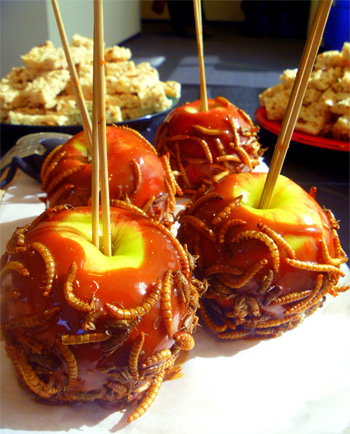The Mouthful: Girl Eats Bugs
Daniella Martin, Internet Entomophage



Latest Article|September 3, 2020|Free
::Making Grown Men Cry Since 1992



